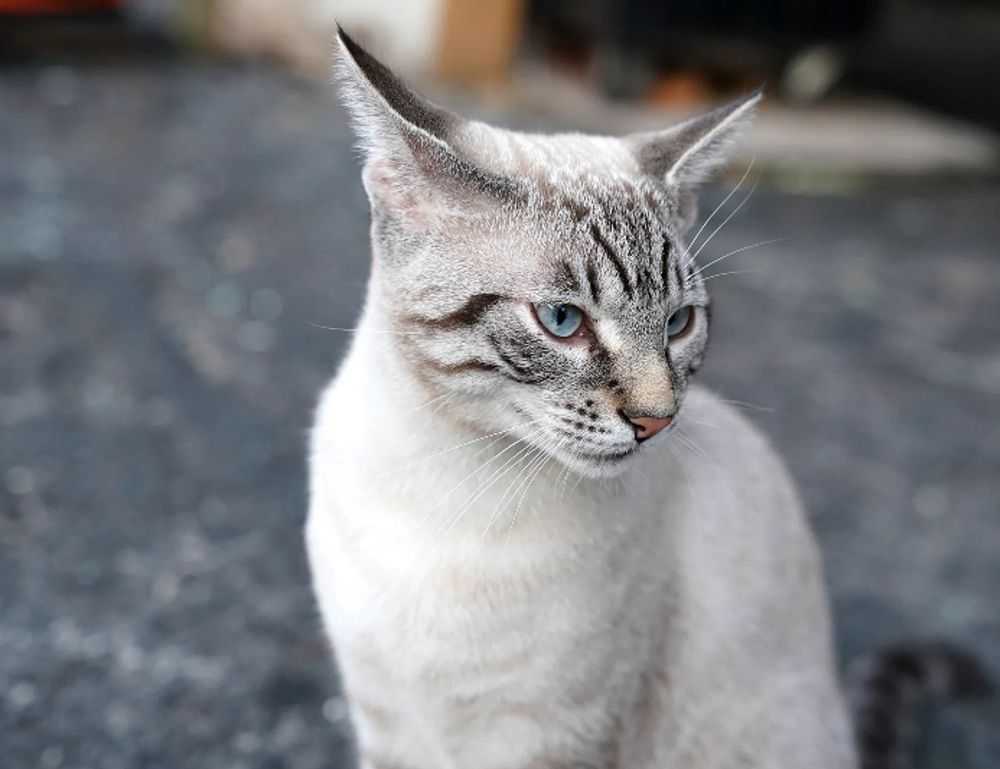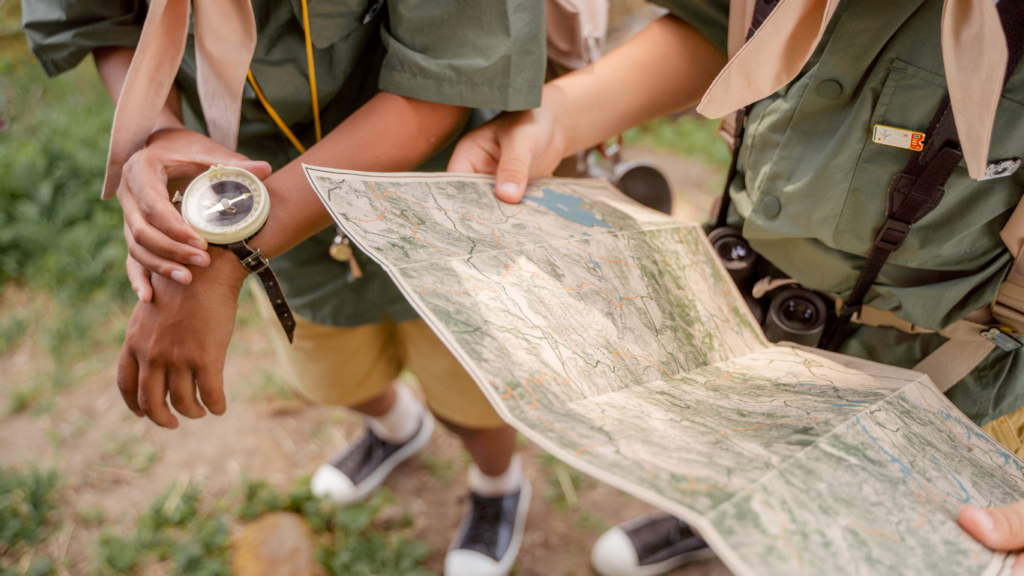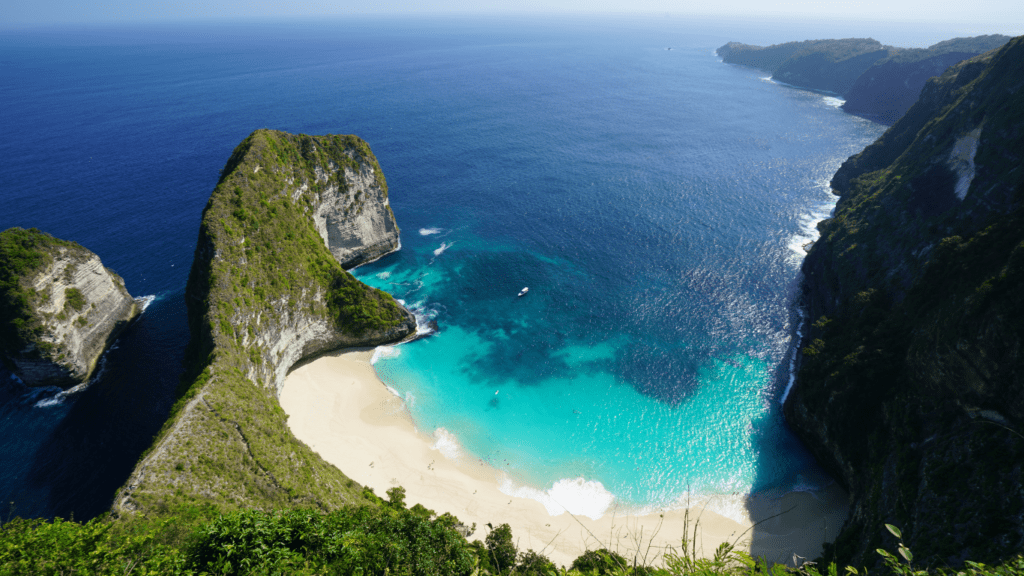Finding the best way to navigate complex regions—geographically, historically, or culturally—requires more than just coordinates on a screen. That’s where the map guide ttweakmaps comes in, offering layered context and insight into places that often get overlooked by mainstream map providers. If you’re looking to explore how mapping design intersects with story and memory, ttweakmaps is a guide worth checking out.
Mapping Memory and Meaning
Most digital maps today are utilitarian by design. They’re great for finding coffee shops or getting from Point A to B. But they’re not built to spark curiosity or connect users to a place’s deeper narratives. That’s one of the big gaps the map guide ttweakmaps aims to fill.
Instead of just showing locations, the guide overlays emotional, historical, and cultural data—a type of narrative cartography. Imagine walking through a neighborhood while learning about its immigrant architects, forgotten landmarks, or spots of public resistance. These maps aren’t just informative, they’re transformative. Users get to see not just what a space is, but what it has meant to others and how it has evolved.
What Makes This Guide Different
It’s easy to underestimate the amount of thought that goes into a great map. Most of us don’t think twice about the visual language of borders, lines, or labels. But the map guide ttweakmaps pushes the genre forward by rethinking all of those elements.
The team behind this guide doesn’t just rely on data—they interpret it. They consult community records, oral histories, personal archives, and even public art to reconstruct what a neighborhood or street corner really represents. This approach helps shift the perspective from what’s official to what’s lived. The maps themselves often take on a handcrafted aesthetic, making each guide feel more like an art piece than an app.
Who This Map Guide Is For
This isn’t your standard-issue tourist map. It’s for explorers—people who want to understand the layering of past and present in the spaces they move through. That includes:
- Urban historians and cultural geographers
- Locals curious about neighborhood change
- Artists mapping identity or community narratives
- Travelers seeking underground guides to new cities
If you’re the type to skip the brochure and ask locals where the old jazz clubs used to be, or where neighborhood boundaries were drawn and redrawn over time, this guide is for you.
Real-World Examples
Take Houston, for example. One of the guides walks you through areas impacted by migration patterns, oil booms, and mid-century development. It’s not just about buildings and roads—it’s about how those shaped lives, economies, and even the way people tell stories.
Another standout is a map that chronicles Latino contributions to urban life, highlighting murals, community centers, and performance spaces. Without narrating a single word, this map conveys decades’ worth of cultural evolution.
These guides aren’t confined to North America either. International versions are in the pipeline, some focused on post-colonial spaces, others on cities reshaped by climate change and displacement. Each is a case study in how maps can capture nuance, activism, and heritage in ways that Google never could.
Technology with Intent
While much of the map guide ttweakmaps has a handcrafted, tactile look, it’s fully integrated with accessible digital tools. The guides are optimized for mobile use, integrate with GPS functions, and often include multimedia elements—audio snippets from residents, video interviews, and archival photography. These features don’t just augment the maps; they ground them in lived experience.
What makes this even more impressive is the restraint. You won’t be bombarded with data. You get just enough to understand context, but you’re encouraged to explore on your own terms. This aligns closely with how we naturally engage with urban landscapes—actively, not passively.
How to Engage with the Maps
You can experience the map guide ttweakmaps in multiple ways:
- Downloadable Guides: Perfect for walking tours or personal study.
- Workshops and Community Events: The team often partners with local groups to co-create maps.
- Educational Materials: Lesson plans and group activities for classrooms or museums.
- Interactive Web Maps: Useful for those exploring virtually or planning a deeper experience.
Each product invites dialogue—that’s important. These maps don’t try to give the “final word” on a place. They’re a starting point for stories, a prompt for memory, and a space for reflection.
The Bigger Message
Ultimately, the map guide ttweakmaps challenges the assumption that maps must always be neutral. Cartography has always had an agenda, whether pushing imperialism, zoning laws, or real estate development. This project makes that visible—and offers an alternative.
By spotlighting marginalized voices and buried histories, it resists erasure. And by using maps as tools of remembrance and resistance, it builds emotional geographies into our understanding of physical space.
For many users, what starts as navigation turns into a reeducation.
Final Thoughts
In an age of algorithmic suggestions and sanitized city guides, the map guide ttweakmaps is refreshingly human. It’s not trying to be everything to everyone—it’s offering intentional, artful windows into specific places and people. Whether you’re using it to walk a forgotten block of your city or to look at your own neighborhood through new eyes, it delivers more than directions. It invites discovery.
If you’re curious how design, memory, and local storytelling come together, take some time to explore what ttweakmaps has built. These maps don’t just show where you’re going—they connect you to where you are.



